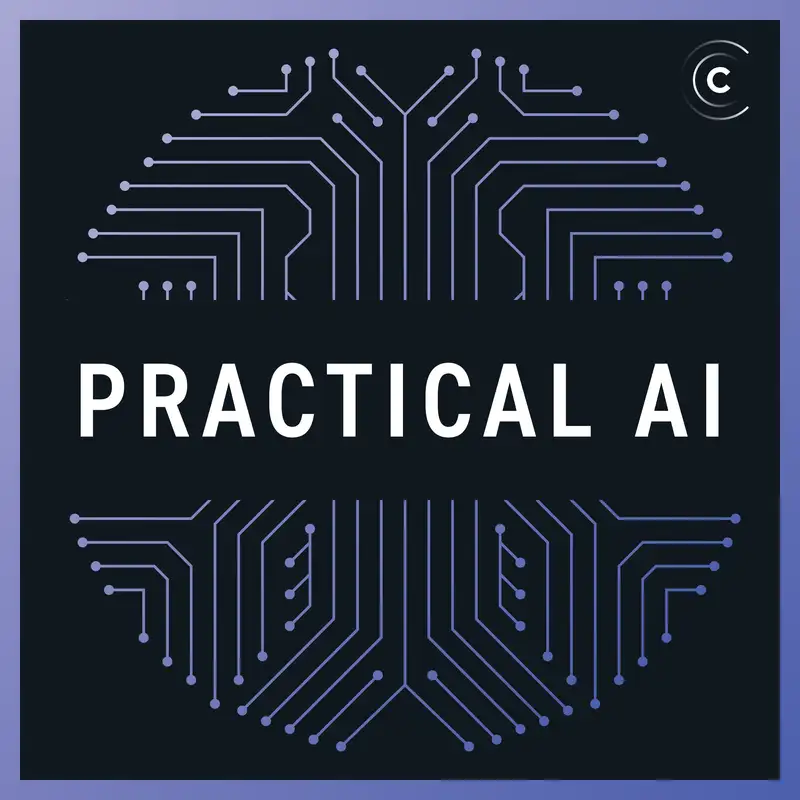Udio & the age of multi-modal AI
2024 promises to be the year of multi-modal AI, and we are already seeing some amazing things. In this “fully connected” episode, Chris and Daniel explore the new Udio product/service for generating music. Then they dig into the differences between recent multi-modal efforts and more “traditional” ways of combining data modalities.
Changelog++ members save 26 minutes on this episode because they made the ads disappear. Join today!
Sponsors:
- Fly.io – The home of Changelog.com — Deploy your apps and databases close to your users. In minutes you can run your Ruby, Go, Node, Deno, Python, or Elixir app (and databases!) all over the world. No ops required. Learn more at fly.io/changelog and check out the speedrun in their docs.
- Changelog News – A podcast+newsletter combo that’s brief, entertaining & always on-point. Subscribe today.
Featuring:
Show Notes:
Something missing or broken? PRs welcome!
★ Support this podcast ★
Creators and Guests


